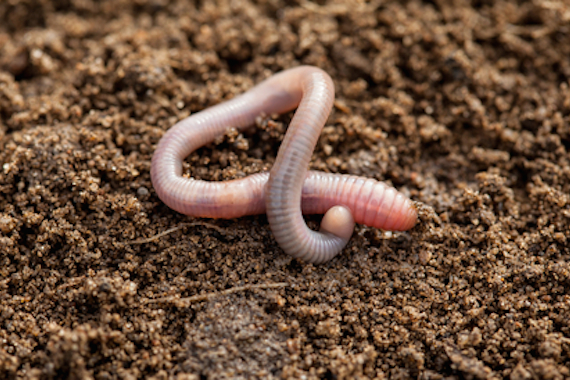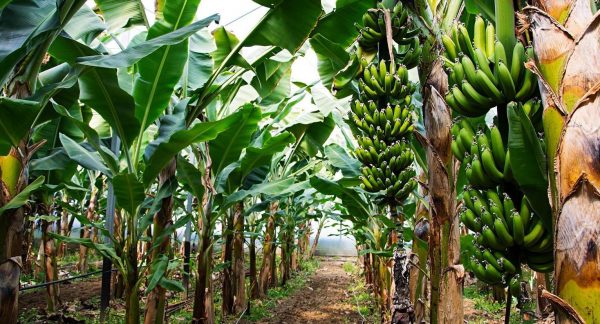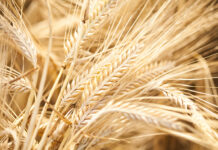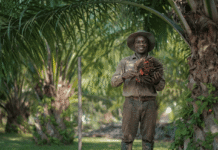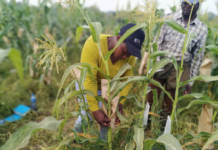The adoption of integrated soil fertility management (ISFM) practices holds immense potential to enhance food security and improve livelihoods in sub-Saharan Africa, a study has found.
The study, titled Enhancing Maize Productivity Through Integrated Soil Fertility Management: A Participatory Approach in the Degraded Soils of Kigoma, Tanzania, was conducted by researchers from the Center for International Forestry Research and World Agroforestry (CIFOR-ICRAF) and the Tanzania Agricultural Research Institute (TARI).
It highlights how carefully combined organic and inorganic soil fertility interventions—such as manure, lime, and NPK fertilizer—can significantly improve soil health, boost maize yields, and increase farmers’ incomes across degraded lands.
Maize is a critical staple for millions across sub-Saharan Africa, yet yields on smallholder farms often fall below one tonne per hectare—well under the crop’s potential of 4–4.5 tonnes per hectare. This productivity gap is largely attributed to poor soil fertility, soil acidity, limited input use, and declining organic matter.
The study used a participatory methodology known as InPaC-S (Participatory Knowledge Integration on Indicators of Soil Quality) to involve farmers in identifying and testing locally suitable ISFM options. Field trials were conducted across four villages in Tanzania’s Kigoma region using combinations of lime, organic manure, and NPK fertilizers.
One of the most striking findings was that the combination of lime and NPK fertilizer led to a 149% increase in maize yields compared to the control, with yields reaching up to 5.9 tonnes per hectare. Notably, the same treatment also achieved the highest net revenue—USD 1,260.90 per hectare—far surpassing the control plots, which generated only USD 339.60 per hectare.
According to the study, “the use of integrated soil fertility management options will translate to a long-term improvement in food security and better livelihoods among communities.” This is especially important given the resource constraints of most smallholder farmers and the need for cost-effective, sustainable practices.
In addition to boosting yields, the study found that ISFM options substantially improved soil chemical properties. Lime increased soil pH, improving nutrient availability and reducing harmful aluminum toxicity.
When combined with manure, soil electrical conductivity and cation exchange capacity (CEC)—both indicators of soil fertility—improved by over 300%. The application of manure alone also significantly raised exchangeable potassium levels, a critical macronutrient.
From a financial standpoint, while ISFM approaches involving fertilizers had higher upfront costs (up to USD 630.90/ha for lime + NPK), the economic returns were considerably higher. A sensitivity analysis revealed that as fertilizer prices rise, ISFM combinations like lime + manure become more economically viable than sole reliance on inorganic fertilizers.
The study also pointed to the broader potential of ISFM in addressing region-wide agricultural challenges. Many sub-Saharan soils suffer from chronic acidity and low nutrient retention, limiting their productivity. ISFM practices, by improving soil structure and microbial activity, offer a pathway for long-term soil rehabilitation.
Yet, despite their benefits, adoption of ISFM remains low. Barriers include limited awareness, poor access to quality inputs, and inadequate extension services. The researchers emphasize that participatory research and farmer training—such as those employed through the InPaC-S approach—are critical to accelerating uptake.
The study concludes with a call to action: “Future research should focus on scaling up these ISFM practices to further improve soil health, increase crop yields, and promote better livelihoods in sub-Saharan Africa.”
As climate variability, land degradation, and input costs continue to challenge African food systems, ISFM emerges as a practical, farmer-centered solution with demonstrable agronomic and economic benefits. Scaling its adoption could be key to unlocking the region’s agricultural potential and securing food systems for future generations.


